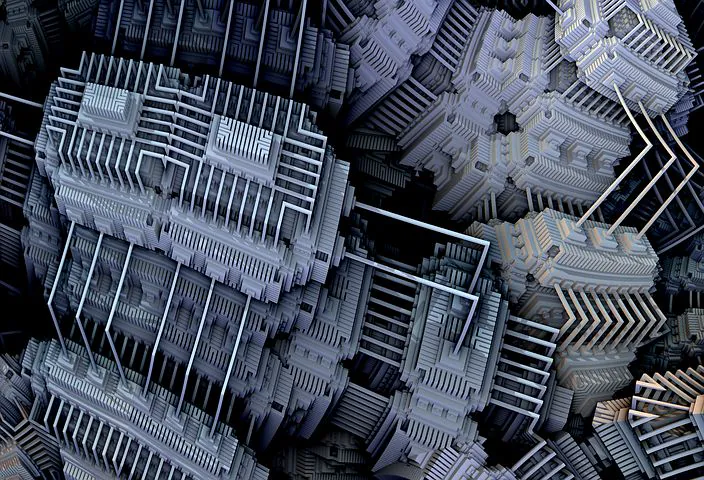Quantum Computing
Physicists Develop Algorithm to Make More Efficient Quantum Calculations

Quantum computing is one of the most powerful tools available to society, with the potential to solve many of the extremely complex problems that classical computers cannot handle. However, in order to achieve the most powerful quantum computers, there needs to be an increase in efficiency.
Quantum physicists at the University of Sussex are addressing this efficiency problem. They have created a new algorithm that can increase the speed of the rate of calculations in the quantum computers currently being developed. The algorithm provides a new way to route the ions around the quantum computer, which increases the efficiency of the calculations.
The ‘routing algorithm’ was detailed in the research paper titled “Efficient Qubit Routing for a Globally Connected Trapped Ion Quantum Computer,” which was published in the journal Advanced Quantum Technologies.
The team was led by Professor Winfried Hensinger and included Mark Webber, Dr. Steven Haerbert, and Dr. Sebastian Weidt.
Hensinger and Webber have recently launched their own company, Universal Quantum. It aims to build the first-ever large scale quantum computer, and various high-level tech investors have expressed interest.
Routing Algorithm
The routing algorithm works by regulating the traffic in a quantum computer, making it possible for quibits to be physically transported over long distances. This allows the quibits to interact with others, and the data is able to move efficiently within the quantum computer without any jams.
One of the foundational aspects of quantum computers is quantum bits, or quibits, which are used to process information. The team first analysed a ‘trapped ion’ quantum computer, which consists of silicon microchips with charged atoms. These charged atoms, or ions, levitate above the surface of the microchip, and they are used to store data. Each ion is able to hold one quantum bit of information.
In order to do calculations on this type of quantum computer, the ions need to be moved around. The power of the quantum computer depends on how fast and efficiently this can happen.
Superconducting vs Trapped Ion
There are two main devices that are used within the field of quantum computing: superconducting devices and trapped ion devices.
Superconducting devices are used by some of the big name companies like IBM and Google, while the trapped ion devices are used by the team at the University of Sussex and other companies.
Superconducting quantum computers rely on stationary quibits, and most of the time these can only interact with quibits that are right next to each other. In order for calculations to take place between quibits that are not directly next to each other, there needs to be communication through a chain of adjacent quibits.
As the information moves from one qubit to the next and so on, it becomes more corrupt the longer the chain is. Because of this, superconducting quantum computers are seen by the team as having a limited computational power.
Due to these limitations, the team opted to develop a new routing algorithm for trapped ion architecture. The current method for measuring the computational power of near term quantum computers is ‘Quantum Volume,’ which the team was able to use to compare their model to the superconducting ones.
The team found that their trapped-ion model was more consistent and performed better than that of the superconducting qubit, and this was due to their algorithm allowing quibits to directly interact with more quibits. This method results in a higher expected computational power.
“We can now predict the computational power of the quantum computers we are constructing. Our study indicated a fundamental advantage for trapped ion devices, and the new routing algorithm will allow us to maximize the performance of early quantum computers,” Webber said.
According to Hensinger, “Indeed, this work is yet another stepping stone towards building practical quantum computers that can solve real world problems.”











